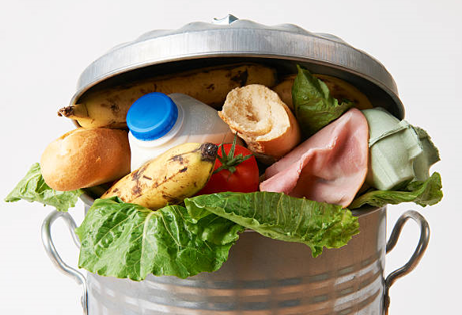本研究では,水稲におけるドローンの導入を対象に,経費の比較及び労働負荷としてMETsの測定とOWAS法による労働姿勢評価,さらに環境影響評価(LCA)を実施し、経営・労働環境・環境影響を考慮した統合的導入効果検証を行いました。その結果、乗用管理機はドローンに劣る結果となりました。動力噴霧器との比較では、20ha未満であればドローンの導入は防除経費と環境配慮の観点からは推奨することができず,動力噴霧器の方が良い結果となりました。一方、20ha以上の面積であればドローンの導入方が良好な値を示しました。また,労働負荷の観点からは,METsの比較において,ドローンの導入は身体活動量を減少させ, OWAS法の結果から,ドローンの労働姿勢は筋骨格系への負担が少ないことが分かりました。以上から、ドローン防除は20ha以上の圃場であれば有効と考えられ、特に、労働環境改善の面から優れていることが分かりました。
In this study, we focused on the introduction of drones in rice cultivation and conducted a comprehensive assessment of the integrated effects considering the economic costs, labor burden measured by METs (Metabolic Equivalent of Task) and ergonomic evaluation using the OWAS (Ovako Working Posture Analysis System) method, as well as environmental impact assessment using Life Cycle Assessment (LCA). The results showed that the performance of drones outperformed manned agricultural vehicles. In comparison with motorized sprayers, for fields with less than 20 hectares, the introduction of drones was not recommended in terms of pest control costs and environmental considerations, as motorized sprayers yielded better results. However, for fields larger than 20 hectares, the introduction of drones showed favorable outcomes. From the perspective of labor burden, the comparison of METs revealed that the introduction of drones reduced physical activity levels. Additionally, based on the results of the OWAS analysis, it was found that drone-based pest control imposed less strain on the musculoskeletal system. Therefore, it can be concluded that drone-based pest control is effective, particularly for fields larger than 20 hectares, and offers advantages in terms of improving labor conditions and reducing physical strain.
学会
エコデザイン・プロダクツ&サービスシンポジウム2022
開催情報
2022年12月1日~2日 大阪大学
発表タイトル
稲作におけるドローン防除の導入効果
著者
梅田将太朗, 吉川直樹(滋賀県立大学),白沢直人, 徐維那



